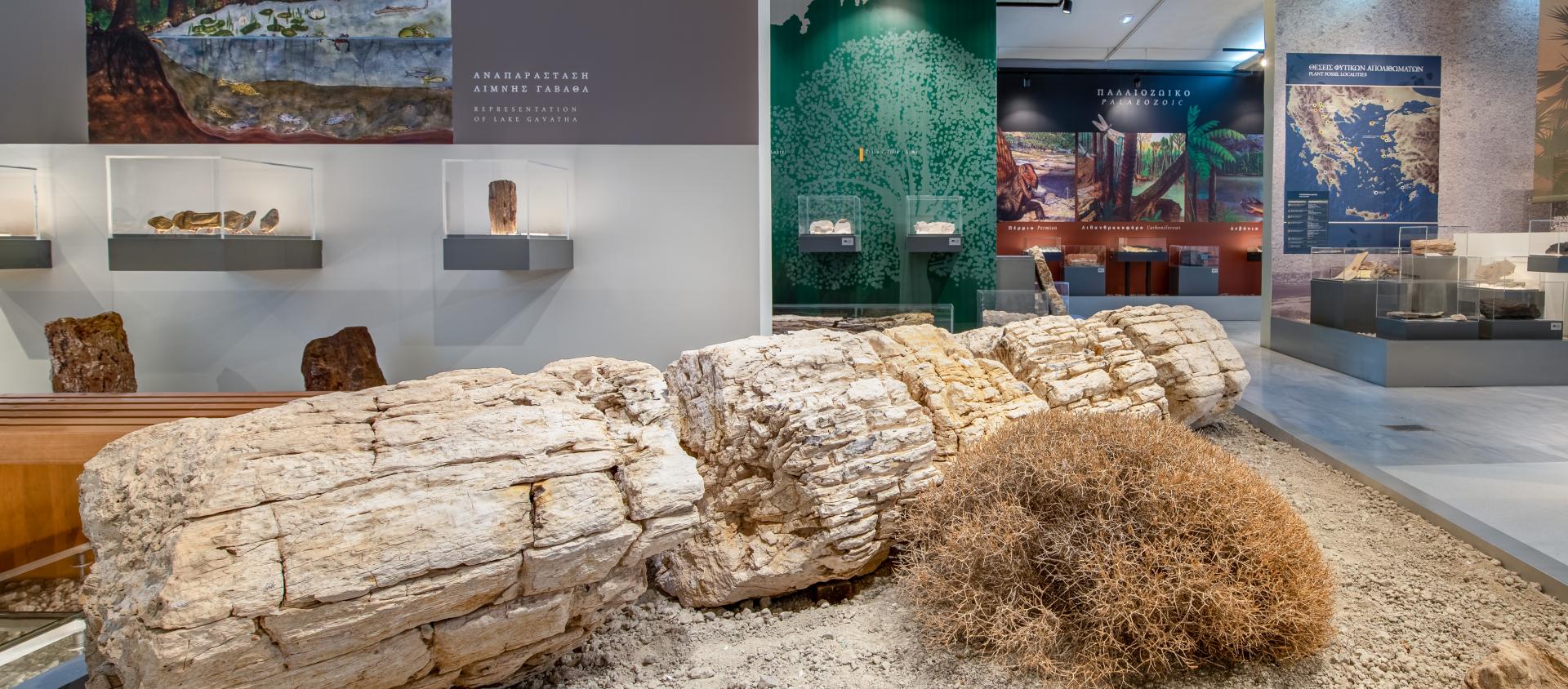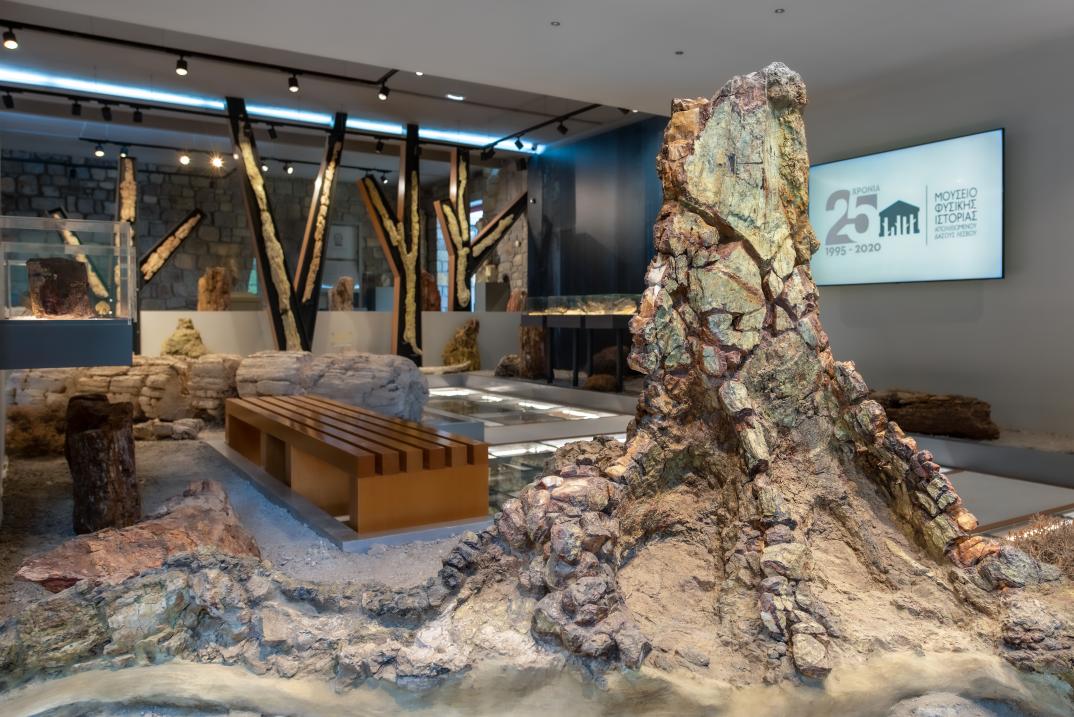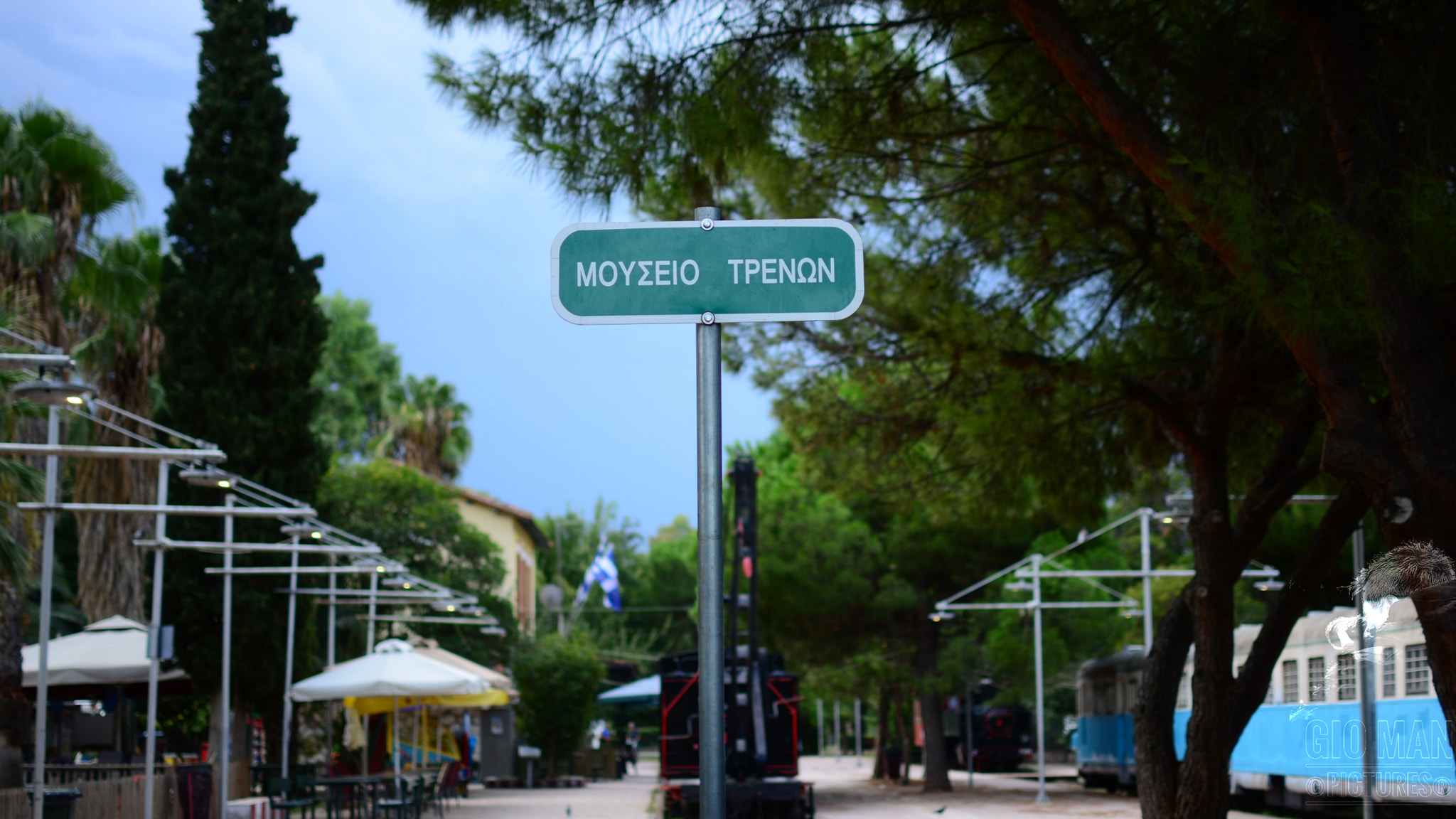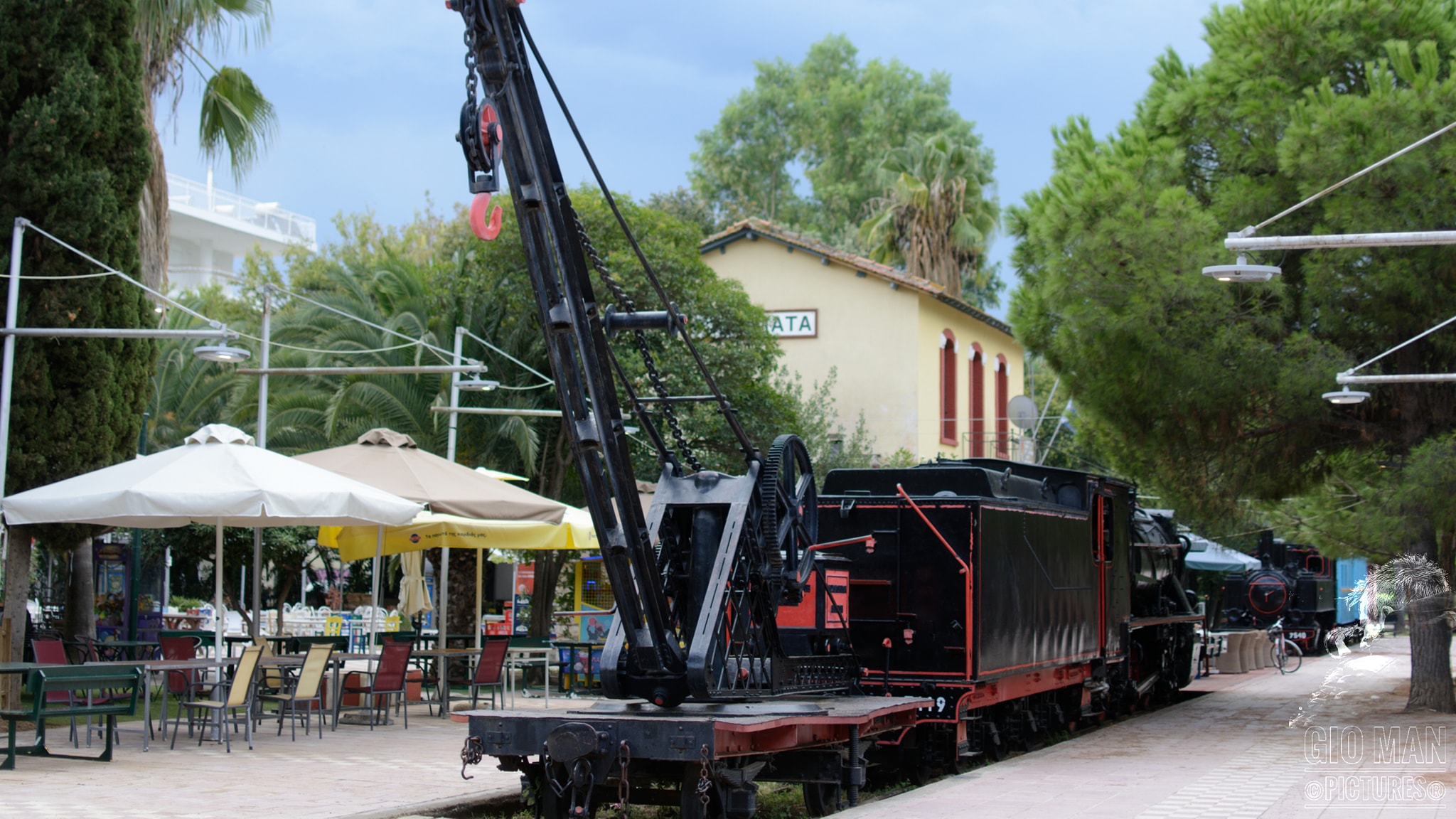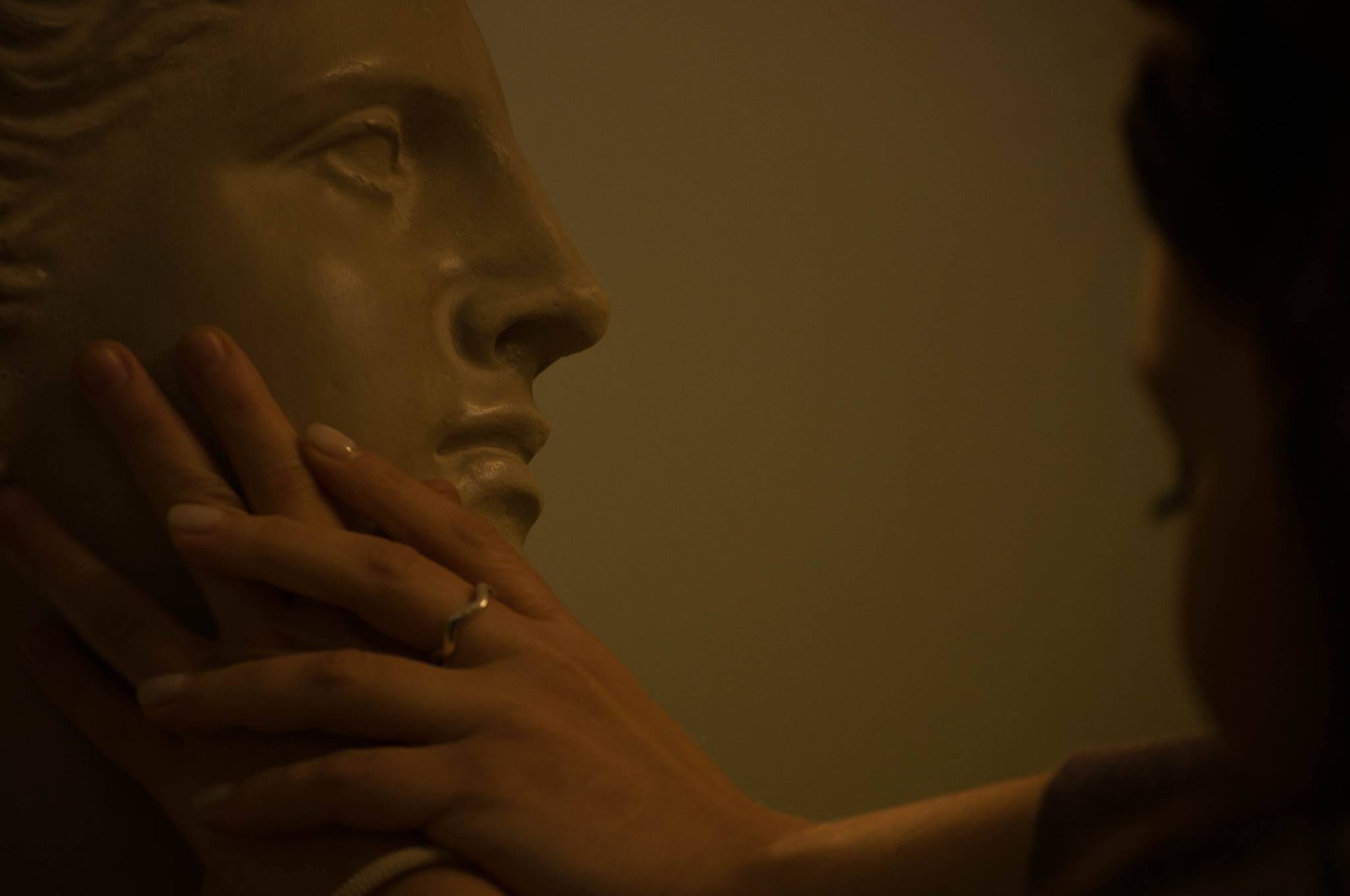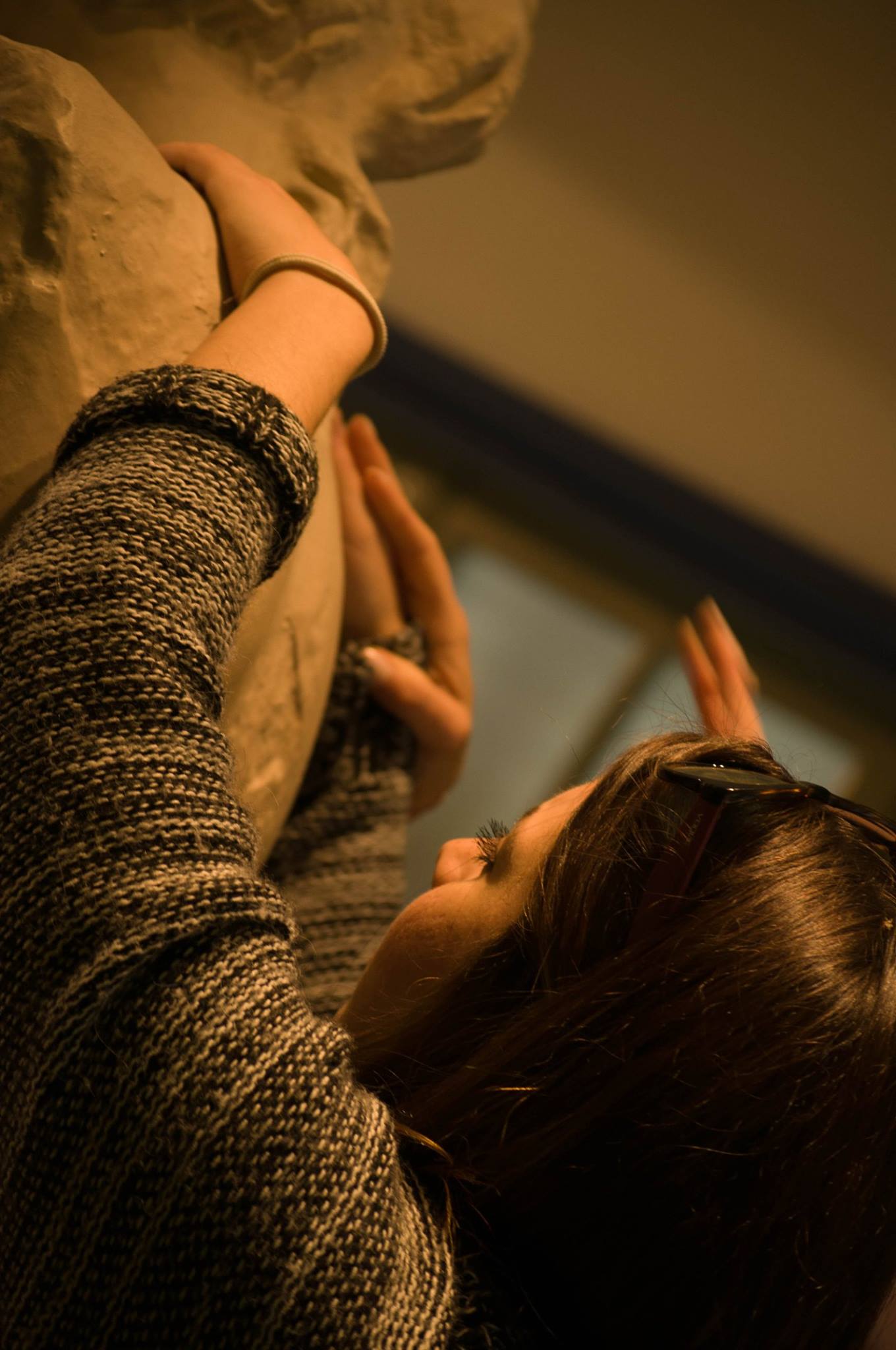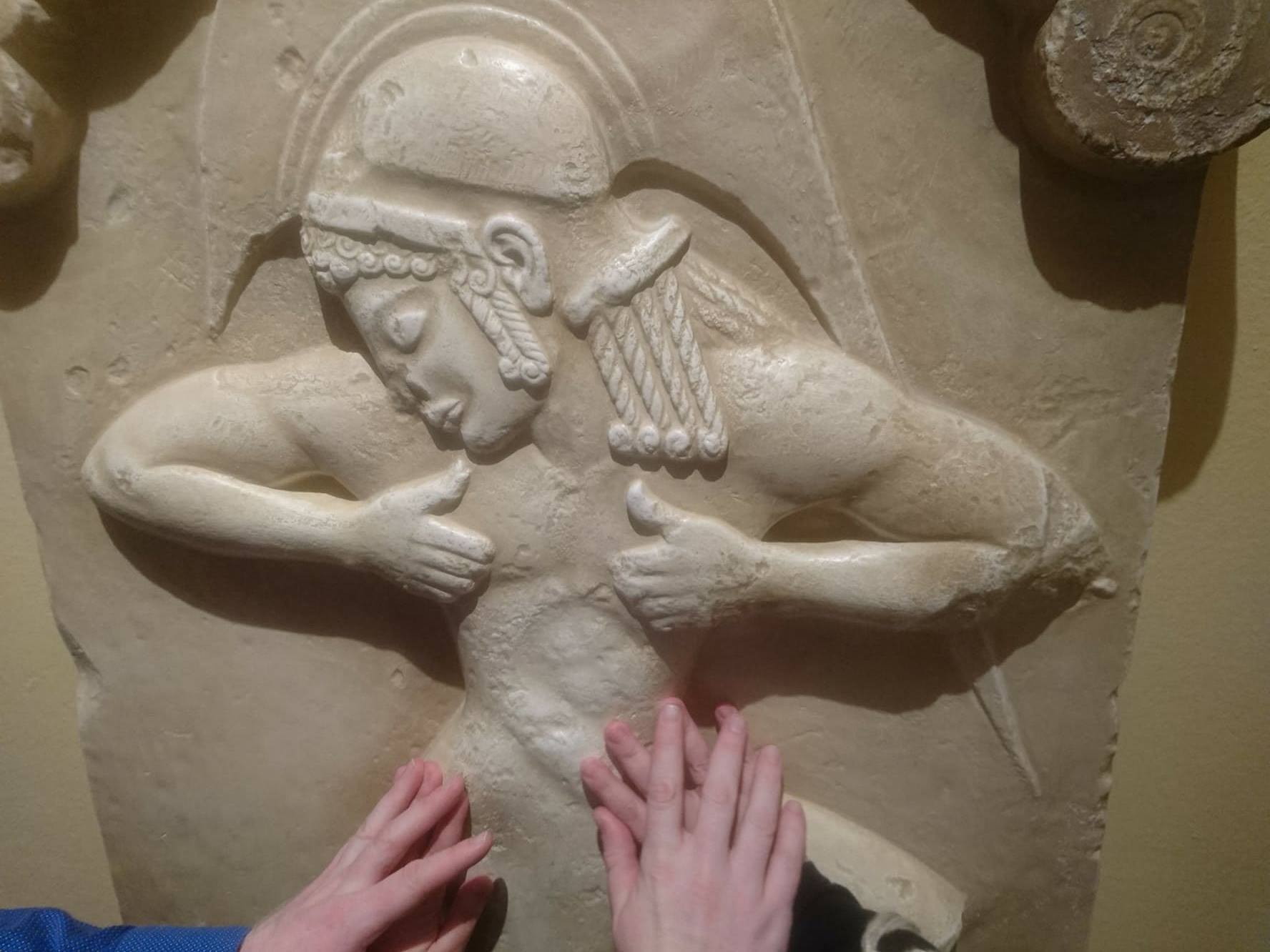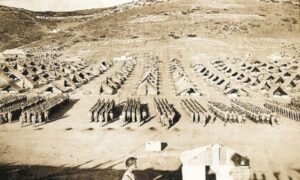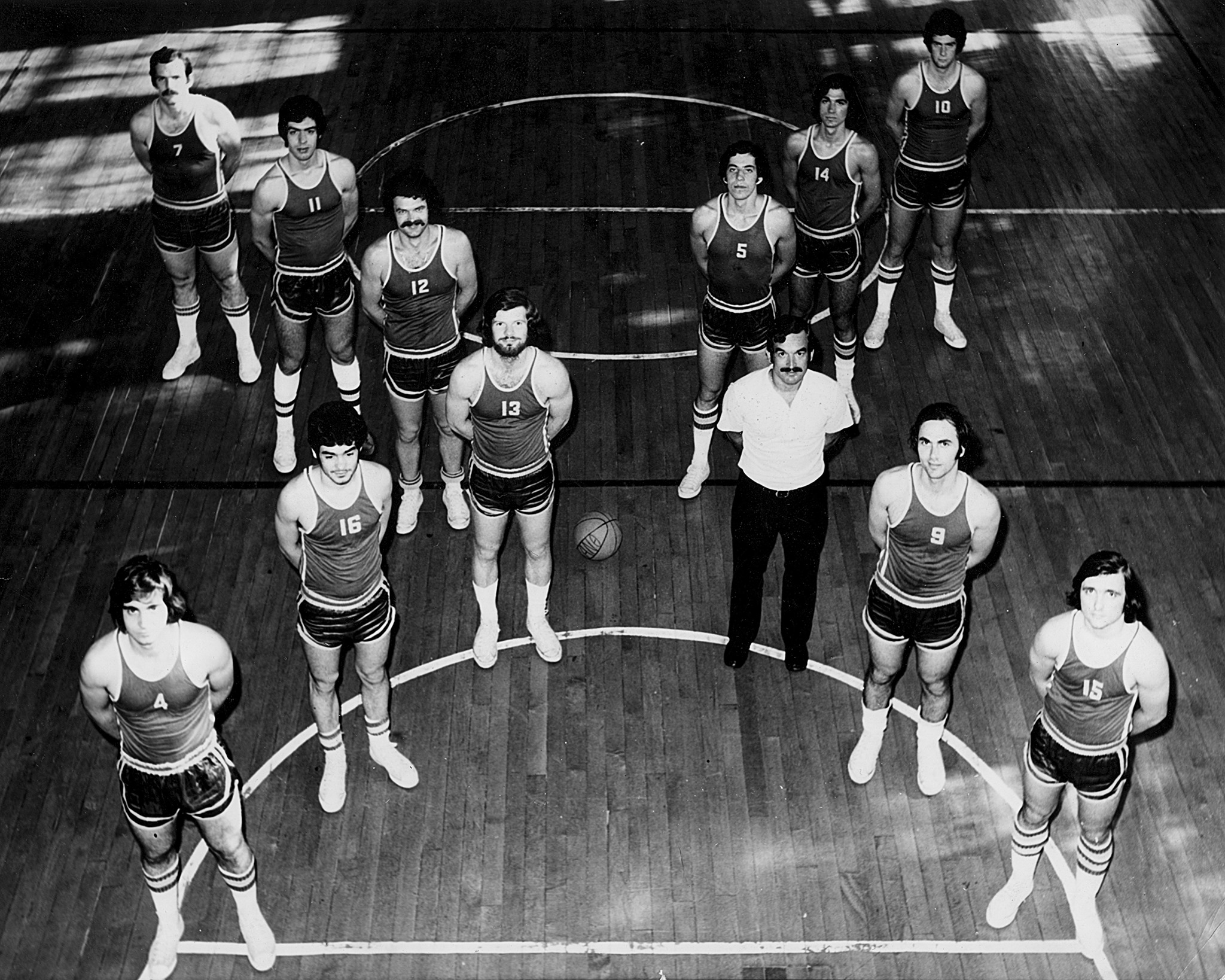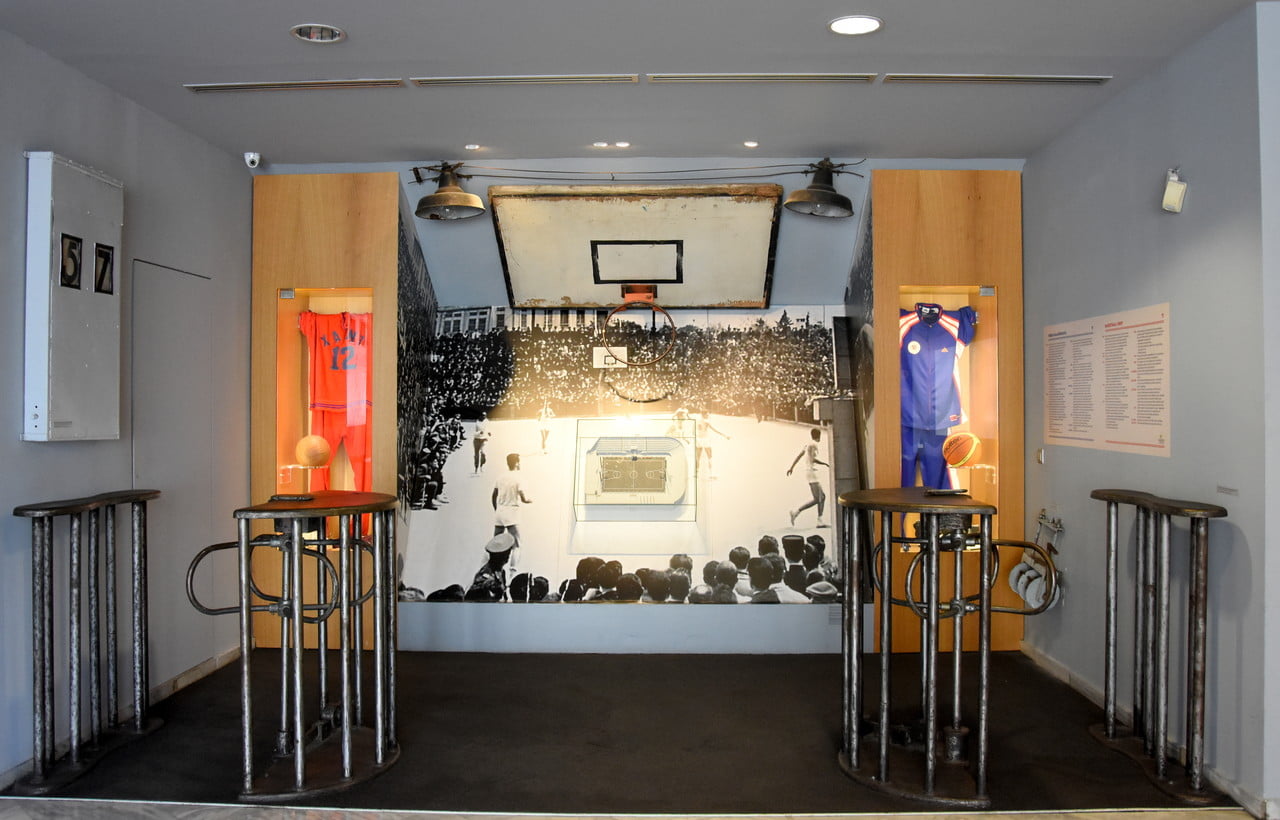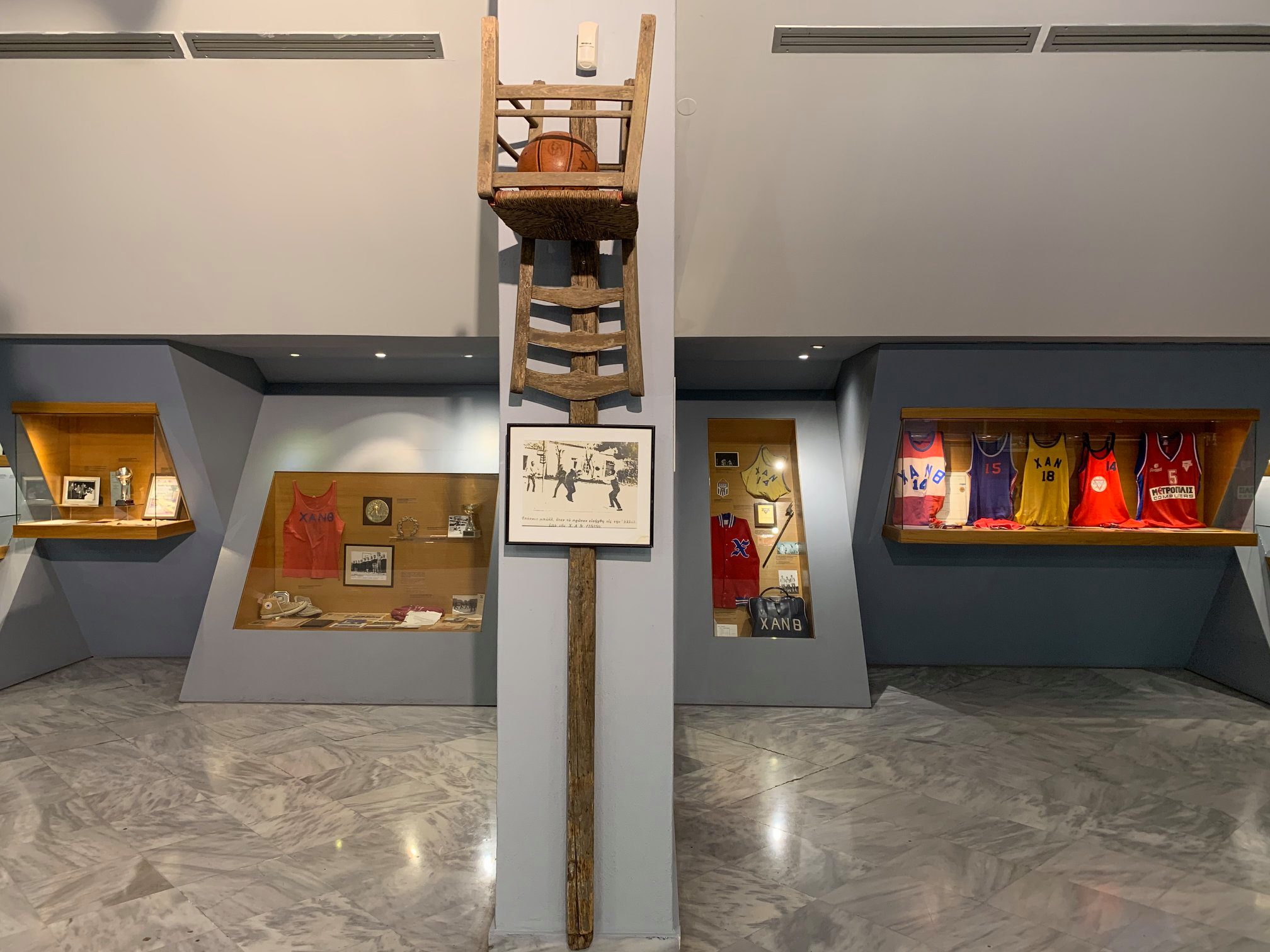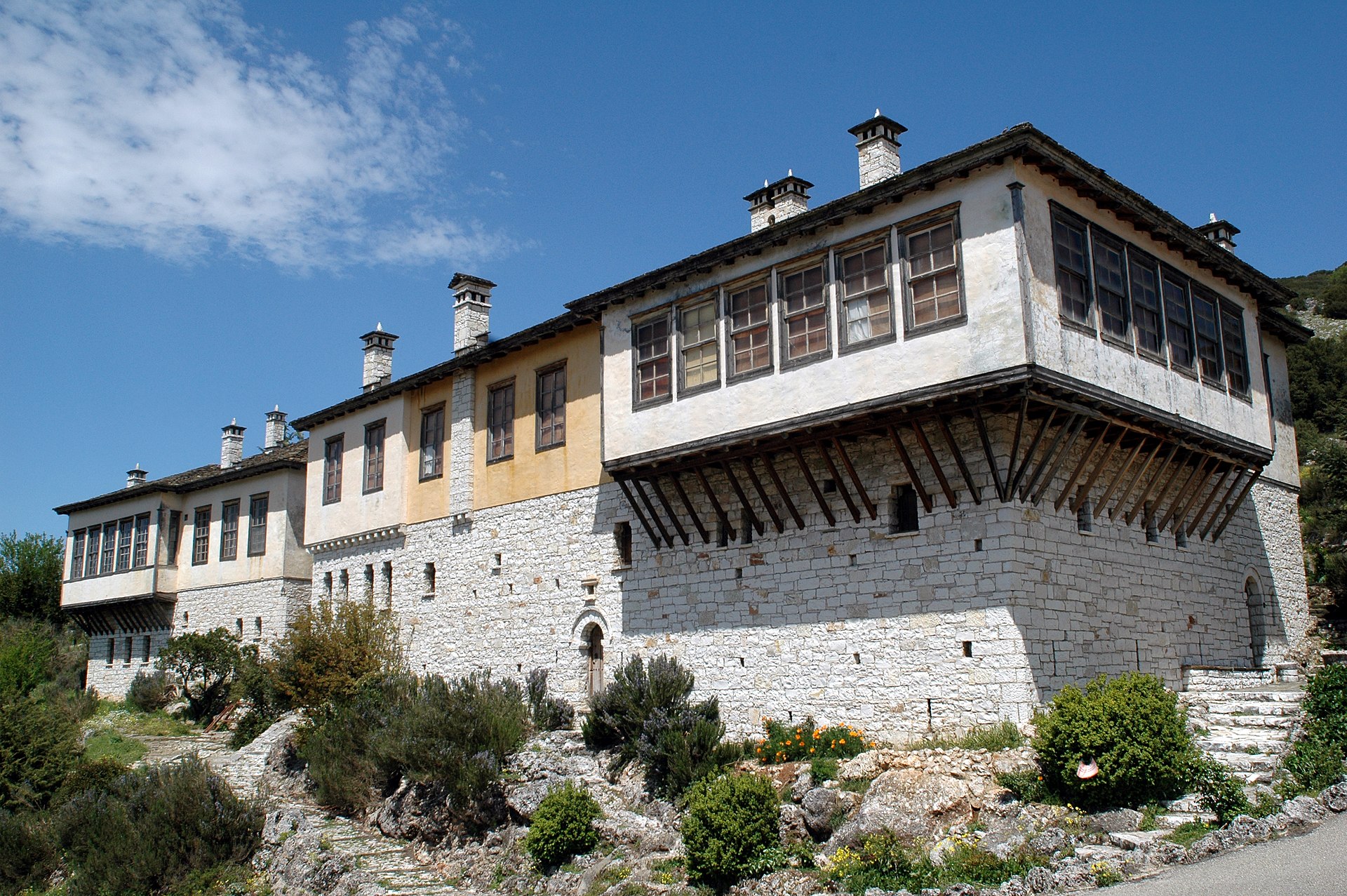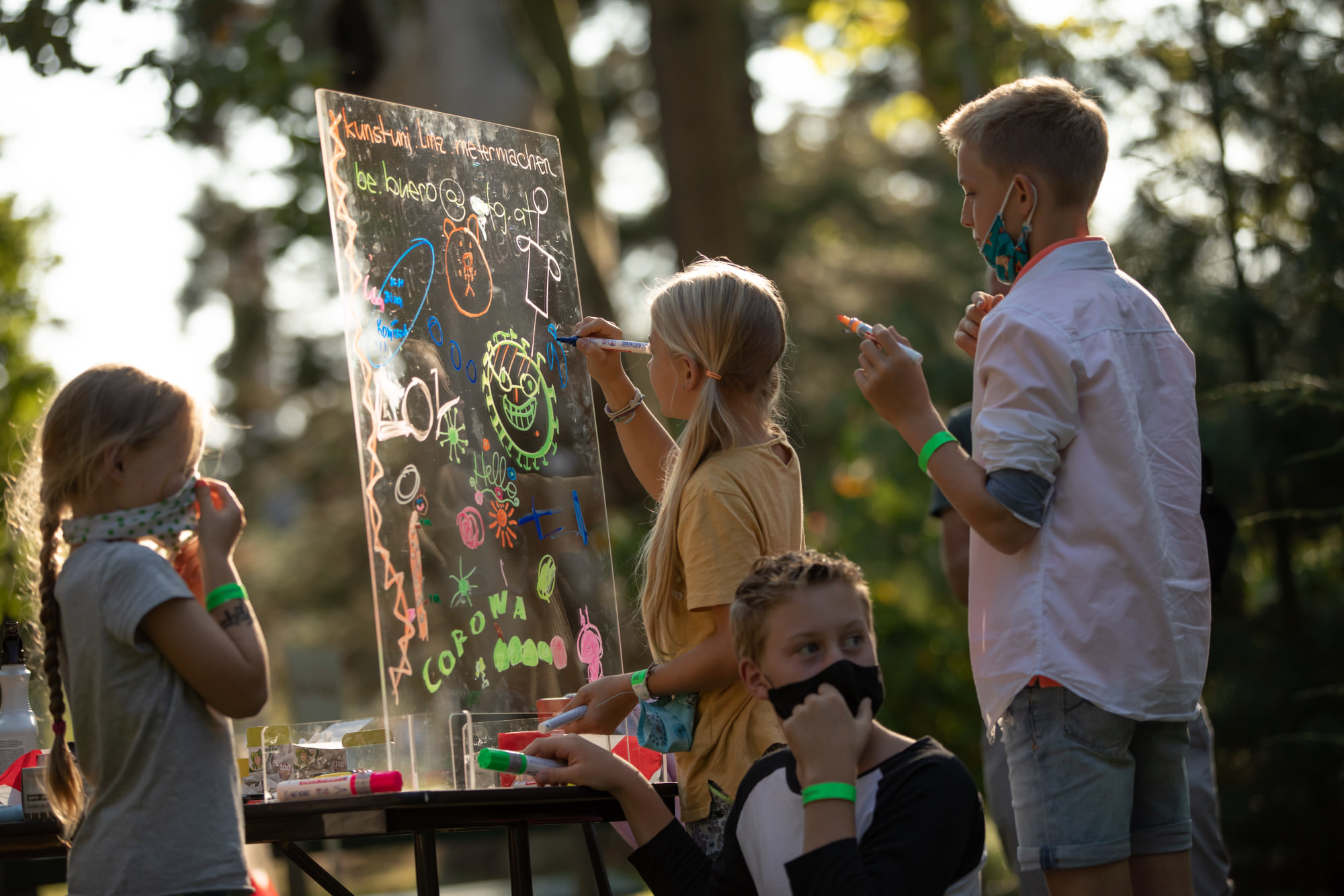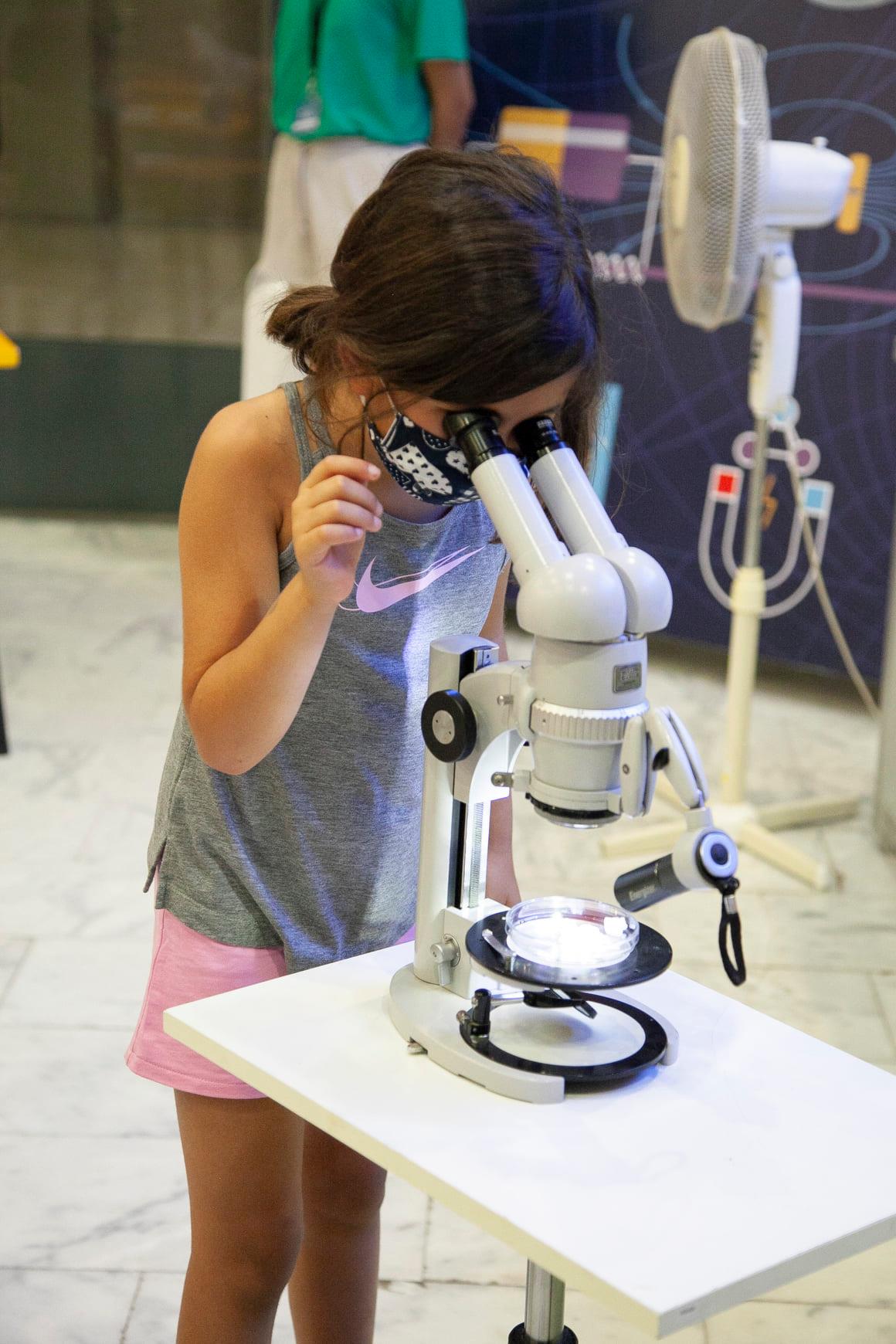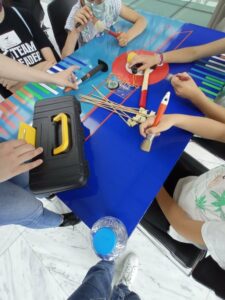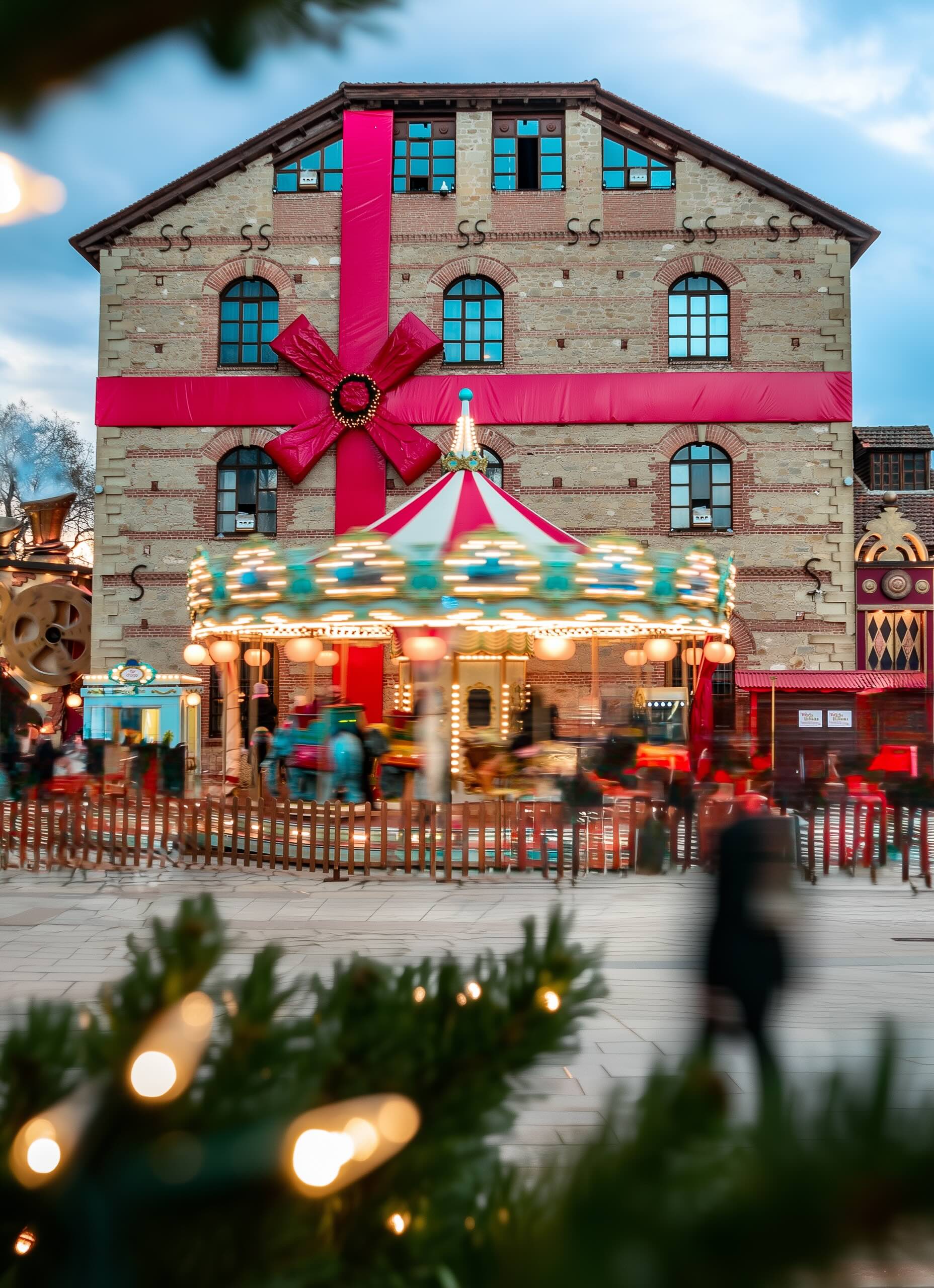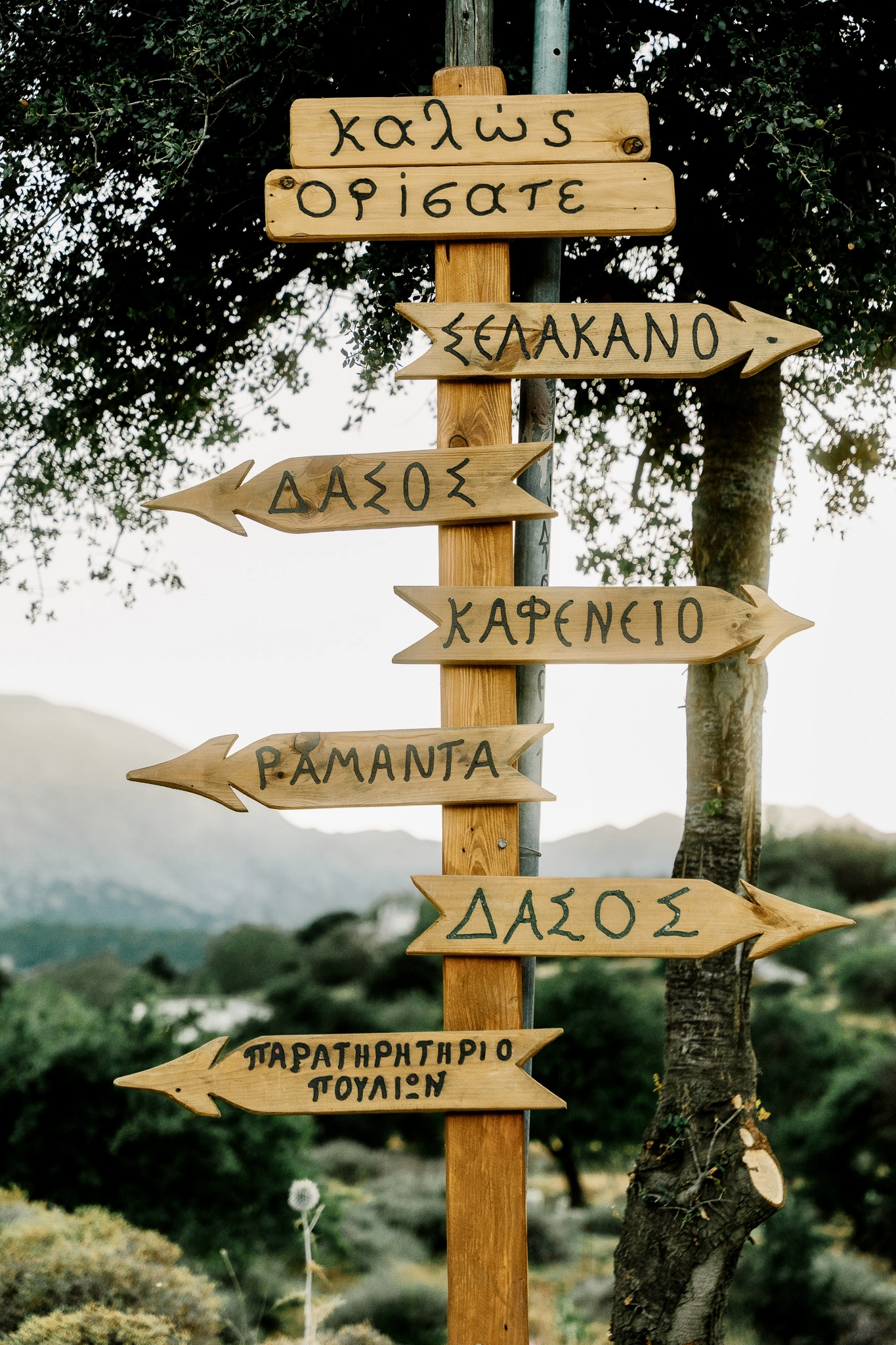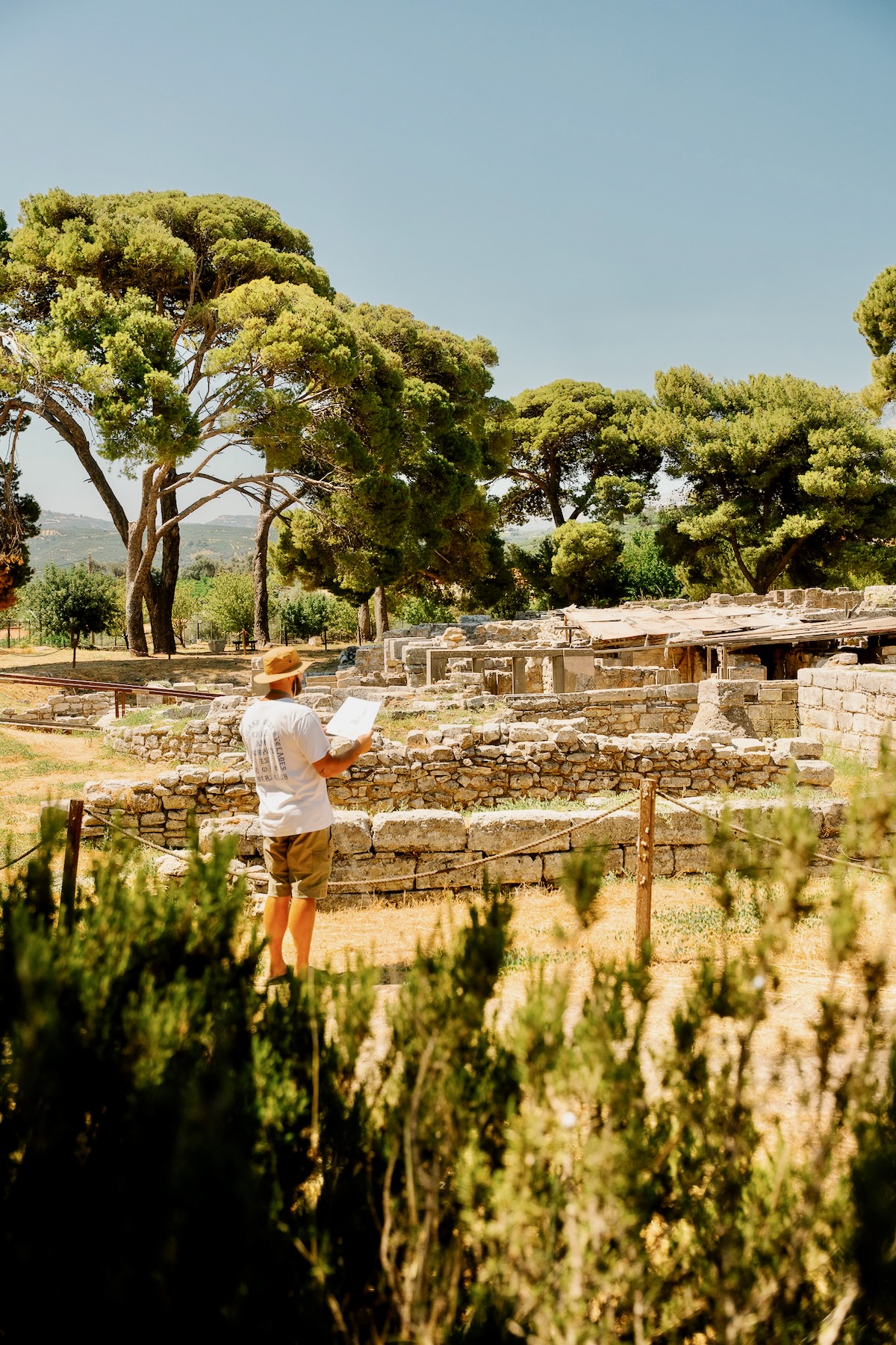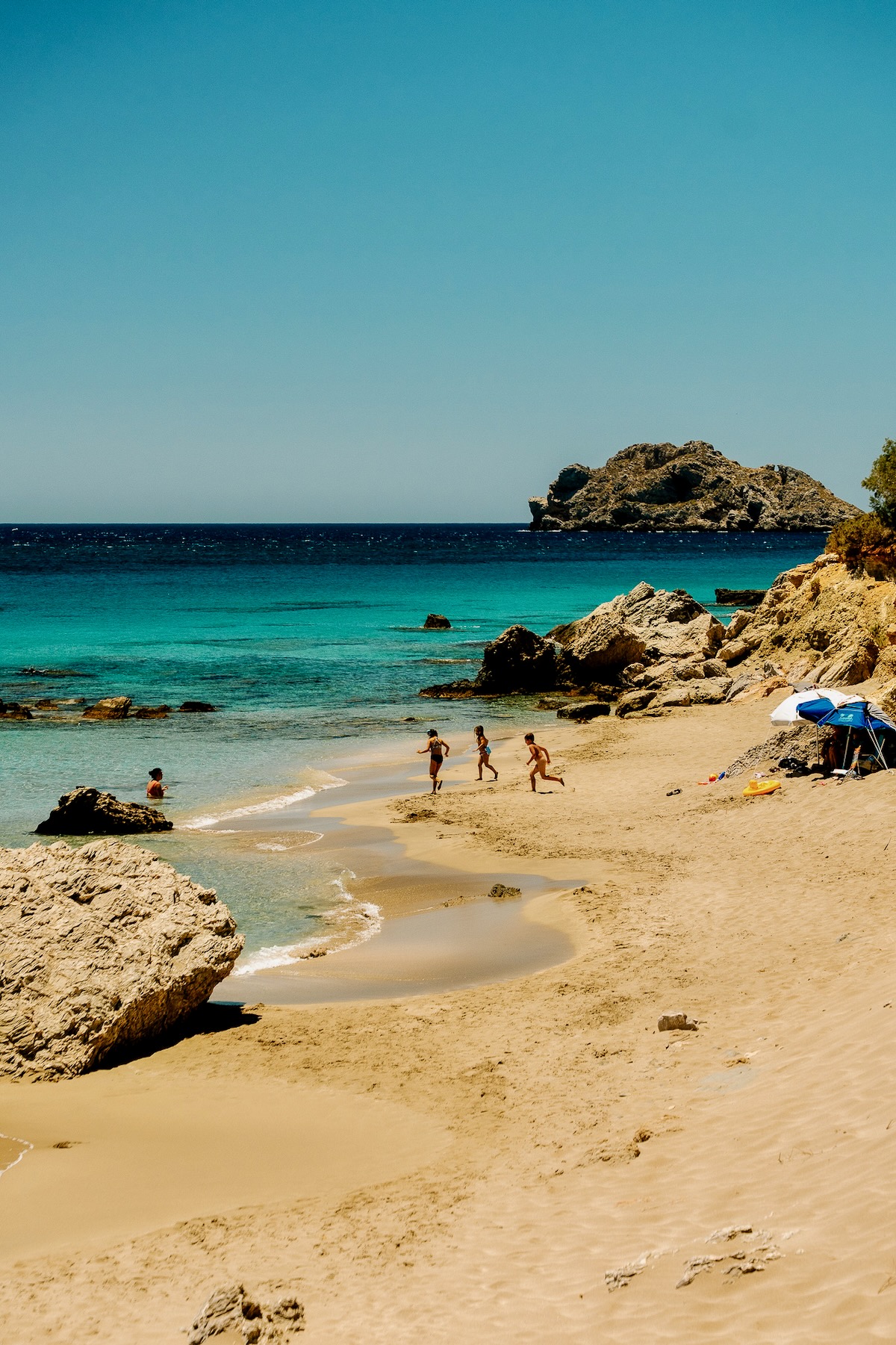For history lovers, but also for those eager to discover the hidden treasures in every corner of the world, museums will always be a key destination, able to narrate the reality of another world, sometimes older or sometimes more modern than the one we live in.
The concept of the museum has for several decades now “gone beyond” the classical meaning of the term, acquiring a new dimension and interest, including countless possible ways in which one can be taught and moved; countless possible ways on can learn and identify with the lives and existence of so many people who have been here before us.
If history is a circle that repeats itself, the past clearly and non-negotiably concerns us all, while the future is the greatest reason to work, try and fight, keeping all that has gone before in mind.
In this sense, the idea of specialisation seems inevitable and so museum institutions that focus all their efforts and all their resources on a very specific part of the country’s course, of modern technology or of the human condition cannot but thrive, just as uniqueness thrives around us.
So, if you want to get lost a little deeper in the vast world of museum specialization, these are eight unique, yet little-known museums that you can visit in different parts of Greece.
Natural History Museum of the Lesvos Petrified Forest
In the settlement of Sigri in West Lesvos, a special museum was “born” in 1994 to house a special natural monument, a place of unprecedented beauty and charm.
The Natural History Museum of the Lesvos Petrified Forest was founded on the initiative of the Greek state for the protection, preservation and promotion of the Petrified Forest of the island, which is a preserved monument that causes worldwide admiration due to its unique rarity.
The museum’s permanent exhibitions were presented to the public for the first time on 2 September 2001 and include the history of plants’ evolution on planet Earth, the findings of the Petrified Forest of Lesvos, as well as the geo-dynamic processes related to volcanism and the geo-historical evolution of the Aegean region.
The museum also hosts research activities on the protection and conservation of the Petrified Forest area, various educational programmes, as well as interesting temporary exhibitions on the promotion of our natural environment.
During the winter months the opening hours are more limited: The museum is open Tuesday through Sunday from 8 a.m. to 4 p.m., and closed on Mondays. Entrance to the Petrified Forest Park of Lesvos, during the winter season, can only be arranged by telephone contact with the museum.
More info at lesvosmuseum.gr/. Tel. Numbers: +30 22530 54434 – +30 22510 47033
Kalamata Municipal Railway Park
In the centre of Kalamata, in a beautiful park of 54 acres, the Municipal Railway Park of Kalamata has been operating since 1986, an open museum-exhibition that tells the history of the railway from the era of steam-powered wagons to modern times.
A train journey from 1885 to the present day unfolds before the visitors’ eyes through exhibits such as boarding platforms, an entrance pavilion, an imposing water tower, three locomotive wheels, steering wheels and a 28-metre-long metal footbridge. At the same time you will be able to admire impressive railway-related artefacts such as levers, lanterns, stands and stoppers.
In the open-air park-museum you will also find basketball and volleyball courts, as well as other facilities for children’s activities, in a unique space that carries an intense and, at the same time, touching history: in 1986, after the great Kalamata earthquake, the wagons of the museum provided shelter to the city’s earthquake victims, offering them roof and safety.
The Kalamata Municipal Railway Park is open to the public 24 hours a day.
Athens’ Tactual Museum
The captivating beauty of the Greek cultural heritage unfolds its charm to those who cannot admire it with their eyes, but can certainly enjoy it through the sharpest gaze of the universe, the gaze of the soul.
The Tactual Museum opened its doors on Doirani Street in Kallithea in 1984 (since 2004 it has been accessible to the general public) on the initiative of the “Lighthouse for the Blind of Greece” as a major effort to introduce the visually impaired to some of the most important works of the Cycladic, Minoan, Geometric and Archaic periods. At the same time, the museum hosts faithful replicas of famous works from the Hellenistic, Roman and Byzantine periods, which visitors can feel by touch in order to perceive their stunning timelessness and beauty.
The tactual experience is usually out of bounds in other museums such as the Archaeological Museum or the Museum of Acropolis, yet it is the main sensory function that can ensure substantially equal access rights to everyday-life pleasures for the visually impaired. The Athens’ Tactual Museum is one of the five museums of its kind worldwide and it is housed in the building of the “Lighthouse for the Blind of Greece”, which was donated to the association by Greek poet Andreas Embirikos in the 1950s.
The museum often organises educational programmes in order to enhance access for the visually impaired to Greek art of past centuries.
More info at tactualmuseum.gr/
Makronissos Digital Museum
Probably one of the most emotionally charged museums one can visit in Athens, the Makronissos Museum on Asomaton Street in Thiseio shocks with the true story of one of the darkest and wildest periods of Greek history.
Unique, rare documents from this tiny arid island, which was turned into a real place of martyrdom for about 10 years, unfold the dramatic life of the people who were exiled and tortured horribly during the Greek civil war from 1946 to 1957.
Among the leading figures behind the creation of the museum was the vice-president of the Hellenic Association of Makronissos Prisoners, Lazaros Kiritsis, who celebrated his 100th birthday last year. He actively participated in the guided tours of the museum, telling visitors about his own tragic story, when at the age of 19 he found himself in Makronissos because of his participation in the Greek People’s Liberation Army (ELAS).
Among the people imprisoned in Makronissos were many great Greek artists, such as poet Yannis Ritsos, actor Manos Katrakis, poet Tasos Livaditis, writer Menelaos Lountemis, music composer Mikis Theodorakis, cinematographer Nikos koundouros, poet Nikos Karouzos, writer Chronis Missios and actor Thanasis Veggos.
The museum is open from Tuesday to Sunday from 10:30 am to 1:30 pm.
More info on +30 210 3247820
YMCA Basketball Museum
June 14, 1987 will go down in history as one of the biggest surprises in the history of sport. The Greek national basketball team defeated the Soviet Union with a score of 103-101 and became the European champions for the first time at the Peace and Friendship Stadium in Athens. An entire country took to the streets, Argyris Kampouris (who scored the two winning shots) became a national hero, musician Nikos Portokaloglou wrote the song “Champions”, while footage from the game was used by Nikos Grammatikos in the first scene of his iconic film “Apontes”. The game that made an entire nation love basketball, completely changed our relationship with team sports and the dreams of dozens of children who rushed to the courts holding brand new Spaldings.
The YMCA Basketball Museum, which lies in the grounds of the oldest basketball court in Greece dating back to 1919, is just the culmination of our love for this beautiful sport full of suspense and excitement. Originally aiming to highlight and promote the important role of the YMCA in the development and dissemination of sports education in Greece, the museum, which was founded in 2013, hopes to introduce visitors to the sport’s history and most important moments in our country.
The collection consists of personal items of great personalities who played an important role in the spread and development of the sport, souvenirs with the YMCA logo, medals and diplomas won by YMCA teams, equipment of the old open field, sports clothes and additional documentation material that highlights the history of the sport in our country.
At the same time, the new wing of the museum is dedicated exclusively to the National Basketball Team. Through exhibits such as jerseys of important players of the National Team, medals, tickets, balls of historic games with the signatures of the players and collectible memorabilia, the whole upward trajectory of basketball in Greece reveals its countless sporting secrets.
More info at ymca.gr/mouseio-basket/ +30 23160 01000
Paul Vrellis Greek History Museum
From 1983 to 1995 sculptor Paul Vrellis, a graduate of the School of Fine Arts, worked tirelessly to realize his great dream, namely, to build a museum that would honour the heroes of the Greek War of Independence and that would keep alive in our memory not only the importance of their bravery, but also their very form. Wanting to accurately recreate the historical events of that era, Paul Vrellis, who spent his life thinking over and over again about the sacrifices and doings of those great fighters, worked all alone for the construction of about 150 wax models that help the visitor to experience in depth the events of the Greek War of Independence and to relate in an original and, at the same time, unprecedented way with Greek history.
Like a real-life time capsule, the Paul Vrellis Museum of wax effigies is located about 14 kilometres south of the city of Ioannina, in the municipality of Bizani and hosts well-known scenes of Greek history, such as the martyrdom of Dionysius the Philosopher, the Oath of the Society of Friends (a secret organisation found in 1814 in Odessa with the aim to overthrow the Ottoman rule of Greece), the massacre of Ali Pasha on the island of Ioannina and the Battle of Crete.
More info at vrellis.gr/en/home/
Noesis – Thessaloniki Science Centre and Technology Museum
A colourful, interactive and highly educational space has been operating for the last ten years in Thermi, Thessaloniki, where the Technical Museum of Thessaloniki used to be located. The Noesis Centre, which aims to promote science and technology in a way that allows visitors – and especially children – to understand the two concepts through creative play, includes a large digital planetarium for the ultimate experience of infinite space, astrophotographs and many original adaptations of the technological innovations of ancient Greece in modern times.
From modern virtual reality to the technology park that presents tangible versions of electricity, magnetism and optical phenomena, if there is a “less-known” museum in Greece that allows you to understand the complex, but very interesting, paths of science, then it is none other than the impressive Noesis.
More info at noesis.edu.gr/
Criminology Museum
By far the creepiest museum institution in Greece, the Criminology Museum of the Kapodistrian University belongs to the Medical School of Athens and has been housed since 1932 in a specially designed area of the Laboratory of Forensic Medicine and Toxicology.
There, the history of crime in 19th and 20th century Greece takes shape before the eyes of lucky visitors (the museum is not open to the public, but can only be visited by special arrangement), as exhibits such as the only guillotine that ever existed in the country and the embalmed head of the bandit Fotis Giagoulas are displayed among hundreds of other evidence of a savage, horrific crime.
Embryos in formaldehyde, severed limbs from human bodies and weapons of savage murders are objects of useful study for medical students, who visit it quite often as part of their studies. But they can also arouse the public’s interest anew, as they tell a whole story on their own, a story that is unpleasant and cruel, but nevertheless part of Greek reality. And for this reason they are useful and important.
More info at uoa.gr/to_panepistimio/moyseia/egklimatologiko/



